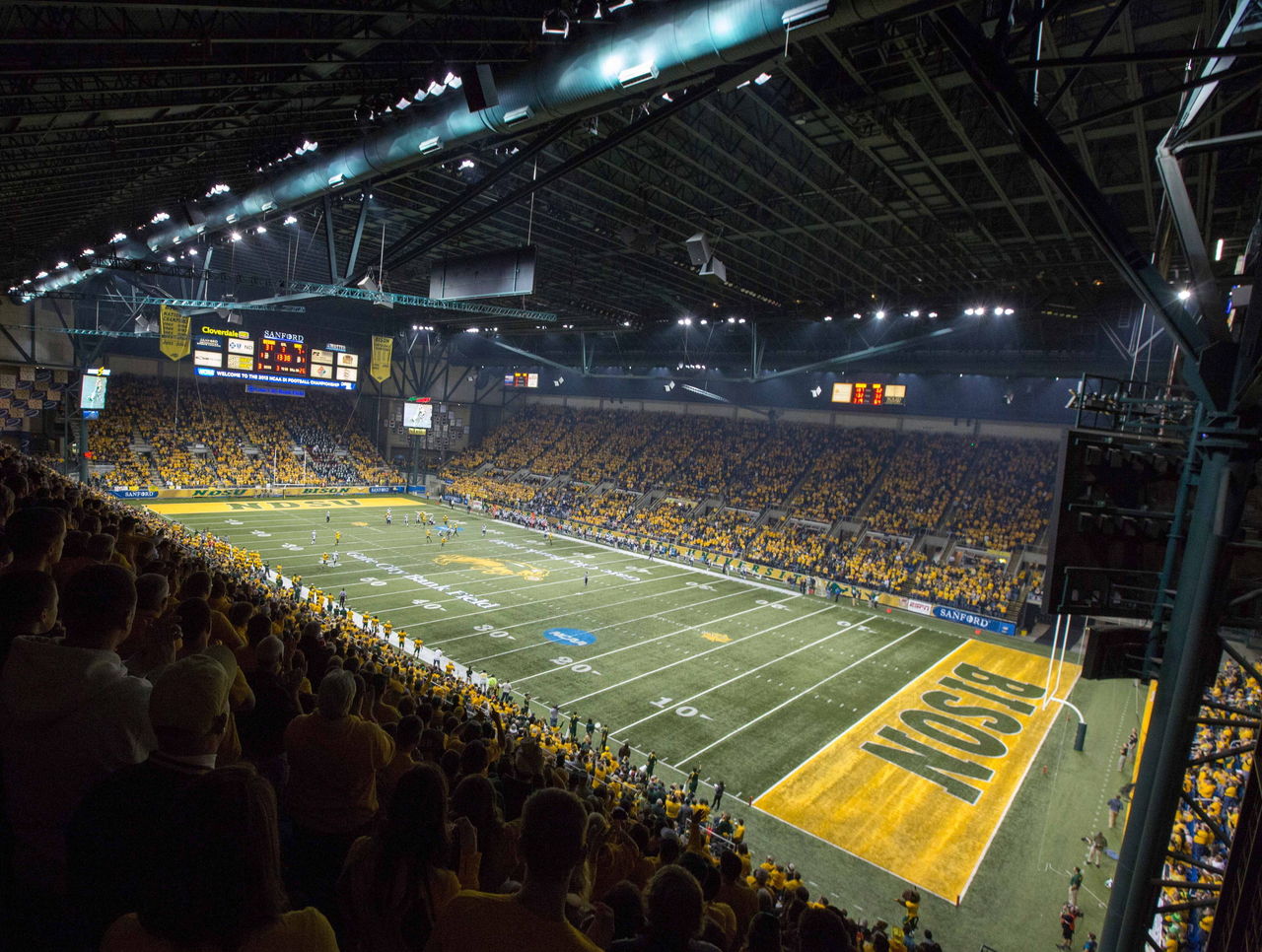Football's Future: Imagining the NFL in 20 years
Football's Future imagines the strategic, technological, and cultural innovations that will shape how football is played and watched in the coming decades.
The year is 2035. The NFL is a far more progressive league than it was just two decades earlier. The renamed Washington Redtails lead the way with four openly gay players on their roster, but that fact is lost on a general public that long ago stopped caring about the sexual orientation of athletes.
The league is also much safer. The sport hasn't been stripped of all physicality, but rule changes have shaped the game into one that strongly favors skill over violence. Fans bemoaning the lack of bone-crushing hits remain, but these self-described "purists" are dwindling in numbers.
Finesse favored over force
As part of its ongoing effort to eliminate head injuries, the NFL has banished several game mechanics that are highly correlated with concussions. Kickoffs are the first to go, as they add little in the way of entertainment but are rife with full-speed collisions.
The three-point stance is eliminated, too. Instead of lining up with a fist on the ground, linemen must block and rush the passer from a standing position. This forces players to engage each other arms-first, rather than by leading with their helmets.

Players must submit to cognition tests before the season and regularly throughout the year. In the event their tests reveal cognitive impairment, they are not permitted to play. Many careers are shortened as a result of the stringent new rules, but it's a necessary consequence in a league that can no longer allow its players to do significant long-term damage to their bodies.
Lab-grown ligaments, robots shorten injury rehab
Torn ACLs and Achilles tendons, once surefire season-ending injuries, can be healed within weeks thanks to improvements in surgical technology, synthetic grafts, and rehabilitation strategies. The injured reserve list, now a seldom-used last resort for teams, is a lonely place.
The advent of robotic surgery, which allows for microscopic incisions and perfectly precise actions within the body - coupled with major advancements in tissue regeneration and production - is responsible for the new medical reality. Upon injury, a replacement ligament perfectly suited to the injured player's body is grown in a lab and surgically implanted within days.

The NFL's softened stance on allowing the use of growth hormones and similar drugs as part of rehabilitation programs shortens recovery times. Performance-enhancers have shed the stigma of the steroid era and entered a new phase of acceptance. Studies show the newest designer PEDs can be used without side effects as part of a standard postoperative plan.
Players still tear ligaments at roughly the same rate as in decades prior, but they no longer fear the grueling rehabilitation process associated with such an injury.
Stadiums shrink, audiences grow
The NFL stadium of 2035 is much smaller and more akin to a television studio than the cavernous structures erected decades ago. The advent of ultra-high definition television and virtual reality has improved the home viewing experience to the point where the vast majority of fans prefer to watch football from the comfortable confines of their living rooms. In some cities, only a few thousand die-hard fans still attend games in person. Stadium construction changes to meet this new reality as intimate venues become en vogue.

Fewer fans attending games in person isn't necessarily a bad thing, as it allows the NFL to shift its focus to optimizing the game experience for home audiences both in North America and worldwide.
Home viewers are granted greater access than ever before, with cameras placed on the sidelines and even in locker rooms. No longer must one imagine what it's like to be a star quarterback; every player's uniform is outfitted with an omni-directional camera that allows viewers to experience the game from a first-person point of view via virtual reality headsets.
Global conquest begins
When you stop growing, you start dying.
Expansion to Europe hasn't been without its difficulties, but the NFL acknowledges it cannot compete with soccer and basketball on a global scale without much deeper penetration into new markets. It's a big risk, but the league has no choice but to continue expanding.

The NFL announces an aggressive 10-year plan to roll out franchises in major cities around the world. The end goal is a league with 32 U.S.-based franchises and eight more (two four-team divisions) in Canada, Mexico, England, Germany, Sweden, Japan, South Korea, and China. Africa and South America are earmarked for additional expansion in the coming decades.
Football probably won't ever be a truly global game, as youth participation and developmental infrastructure in other nations pale in comparison to the U.S. However, the NFL believes in its product so strongly that it has faith it will become one of the world's prevailing entertainment properties.